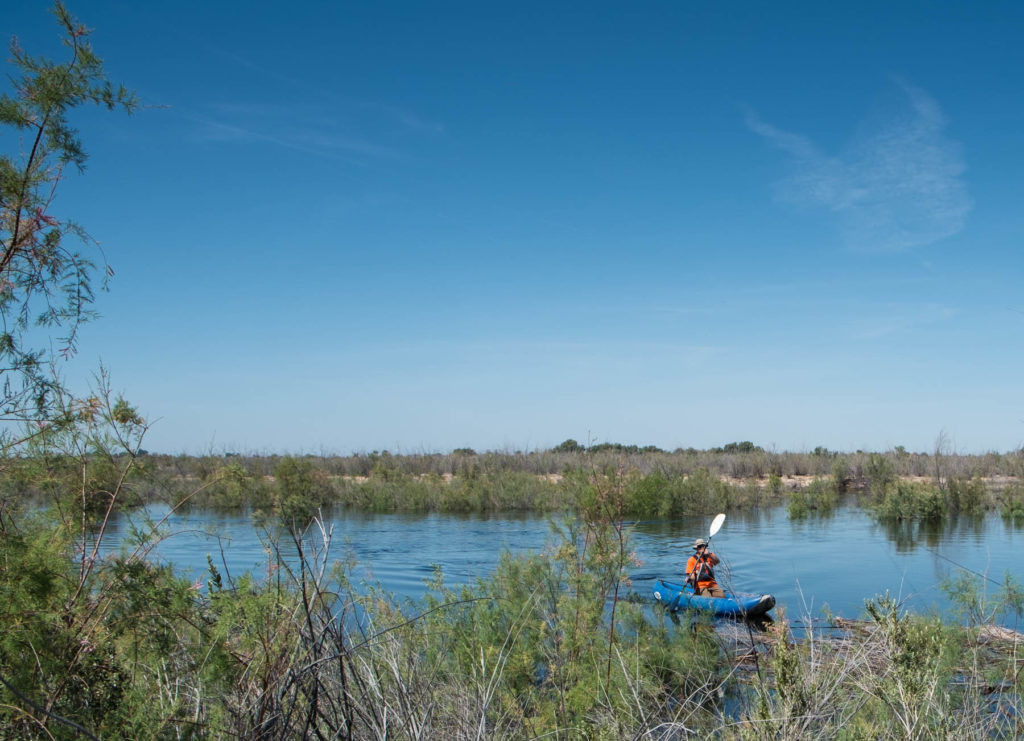I’ve had quite a burst of new readership in the last few months, people apparently interested in the challenges facing the Colorado River, the people who use it, and the natural systems that depend on it. Thanks for that, and welcome!
For those who missed it, I’ve written a book that warned about what we’re now seeing….
As Lake Mead drops, rules kick in that require water users in Nevada, Arizona, and Mexico to remove less water from the system each year. But those reductions are modest, and Connor told me that the Bureau’s worst-case modeling showed that even with the agreed-upon reductions, Lake Mead could quickly drop past a point of no return, to levels at which the current rules would be no help in determining who was entitled to how much.
The book is called Water is For Fighting Over and Other Myths About Water In the West, published by the awesome folks at Island Press. Here’s what I said about how simple it is to solve the problem!
The solution is, in a sense, straightforward. Everyone in the Colorado River Basin has to use less water. It’s possible to apply a simple arithmetic wave of the arm and say, for example, that we could bring the system into balance if everyone used 20 percent less water than they are consuming today. We know from experience, from Yuma to Las Vegas to Albuquerque, that such reductions are possible, that water-using communities are capable of surviving and even thriving with substantially less water than they use today. But no one will voluntarily take such a step without changes in the rules governing basin water use as a whole to ensure that everyone else shares the reductions as well—that any pain is truly shared. We need new rules. Absent that, we simply end up with a tragedy of the commons.
OK, not simple. If we’ve learned anything in the last few months of Colorado River water management chaos, it’s that this is really hard work. But I laid out in the book what I think are important lessons about where the opportunities to use less water are, and what the new rules, and more importantly the process used to arrive at them, might look like.


Does the looming shortage require a reassessment of the Reynolds-Mutz-Clinton Anderson-Wayne Aspinal exchange of 18,000 af of NM Upper Basin water for 18,000 (now 14,000) aft of Gila – San Francisco Water. That is, should the exchange be reversed. We haven’t used that exchange water since the Colorado River Projects Act, when it could have been en emergency reserve on the Colorado.
Pingback: Blog: While I have your attention…. | H2minusO Blog